PPT-Top Performance Enhancers & Destroyers
Author : conchita-marotz | Published Date : 2016-03-20
Presented by Dan Foreman Dan Foreman Progress User since 1984 Author of several Progress related Publications Progress Performance Tuning Guide Progress Database
Presentation Embed Code
Download Presentation
Download Presentation The PPT/PDF document "Top Performance Enhancers & Destroye..." is the property of its rightful owner. Permission is granted to download and print the materials on this website for personal, non-commercial use only, and to display it on your personal computer provided you do not modify the materials and that you retain all copyright notices contained in the materials. By downloading content from our website, you accept the terms of this agreement.
Top Performance Enhancers & Destroyers: Transcript
Download Rules Of Document
"Top Performance Enhancers & Destroyers"The content belongs to its owner. You may download and print it for personal use, without modification, and keep all copyright notices. By downloading, you agree to these terms.
Related Documents

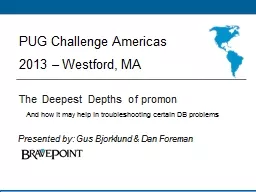



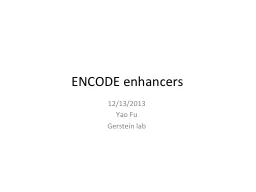

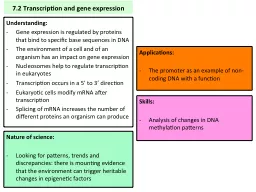
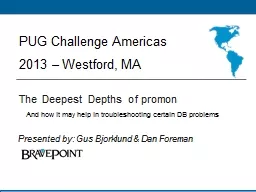

![[READ] - From Public School to the Ivy League: How to get into a top school without top](https://thumbs.docslides.com/905626/read-from-public-school-to-the-ivy-league-how-to-get-into-a-top-school-without-top-dollar-resources.jpg)
![[READ] - The Eight Secrets Of Top Exam Performance In Law School: An Easy-To-Use, Step-by-Step](https://thumbs.docslides.com/906333/read-the-eight-secrets-of-top-exam-performance-in-law-school-an-easy-to-use-step-by-step-program-for-achieving-great-grades.jpg)
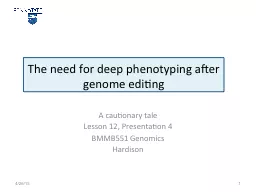
![[READ]-Electronic Greyhounds: The Spruance-Class Destroyers](https://thumbs.docslides.com/956759/read-electronic-greyhounds-the-spruance-class-destroyers.jpg)
![[DOWNLOAD]-Electronic Greyhounds: The Spruance-Class Destroyers](https://thumbs.docslides.com/957696/download-electronic-greyhounds-the-spruance-class-destroyers.jpg)